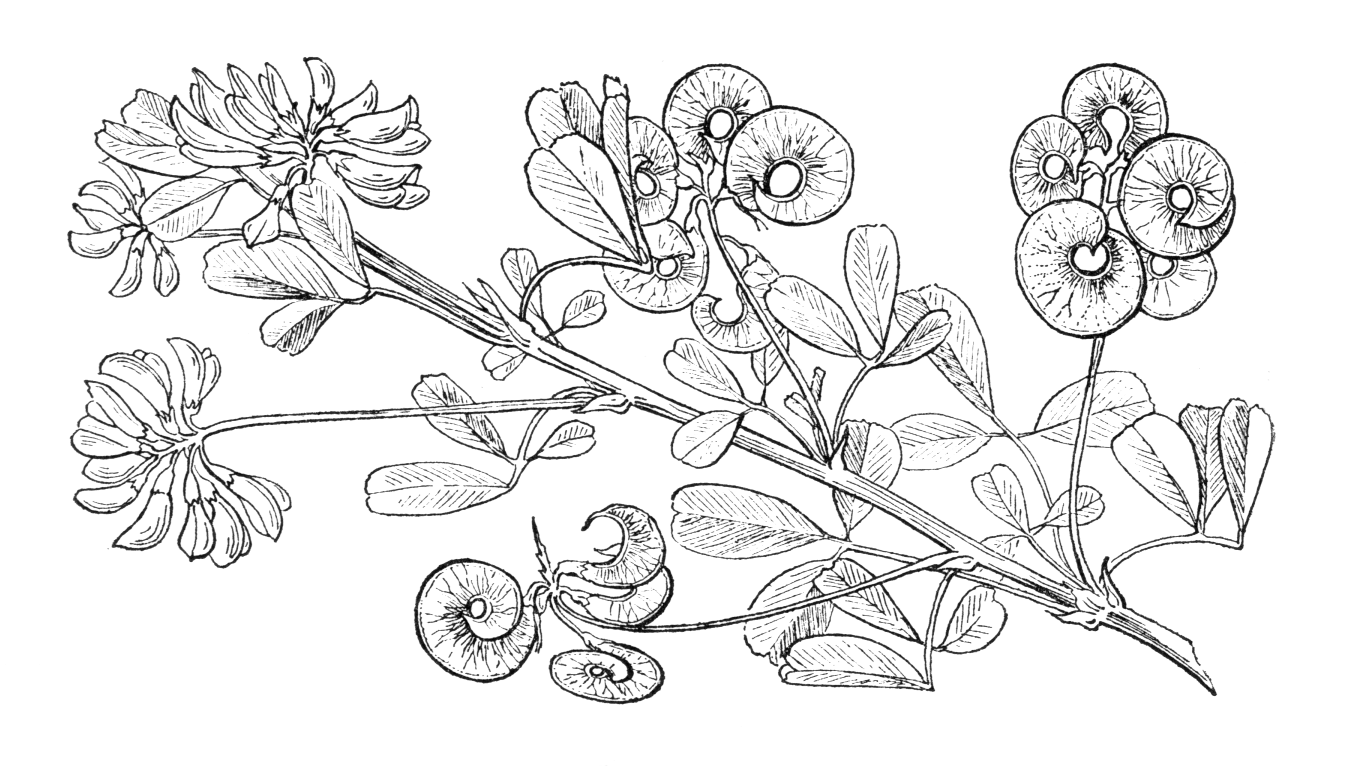Medicago arborea
Credits
Article from Bean's Trees and Shrubs Hardy in the British Isles
Recommended citation
'Medicago arborea' from the website Trees and Shrubs Online (treesandshrubsonline.
Genus
Common Names
- Moon Trefoil
Other taxa in genus
This shrub is chiefly interesting as a woody member of a genus represented in the British flora by about half a dozen herbaceous plants known as ‘medicks’, and including the ‘lucerne’. It is not hardy at Kew in the open, but will live against a wall; it is said to have been 11 ft high at one time in the Chelsea Physic Garden. It is best adapted for the south and south-western counties. A shrub, evergreen where it thrives, usually 6 or 8 ft high; its stems very leafy but little branched, covered with grey down. Leaves trifoliolate, 1 to 11⁄2 in. long; leaflets 1⁄4 to 3⁄4 in. long, wedge-shaped, sometimes toothed, sometimes notched at the apex, silky beneath, glabrous above. Flowers yellow, 1⁄2 in. long, crowded at the end of short axillary racemes which continue to appear as the shoot extends, from April well into autumn, but never making a great display at one time. Easily increased by soft cuttings in bottom heat. The leaves are produced in clusters at each joint, and as the joints are usually about 1⁄2 in. apart, the stem has a very leafy aspect. The pod is flat, but curled round like a ram’s horn. In the south of Europe it makes a pleasing undergrowth in thinnish woodland and at the outskirts of plantations, especially in maritime districts. Its distribution as a truly wild plant is not precisely known. It is certainly spontaneous in several countries bordering the north shore of the Mediterranean, and in Rhodes and the Cyclades, but may be no more than naturalised in some parts, e.g., S. France.

